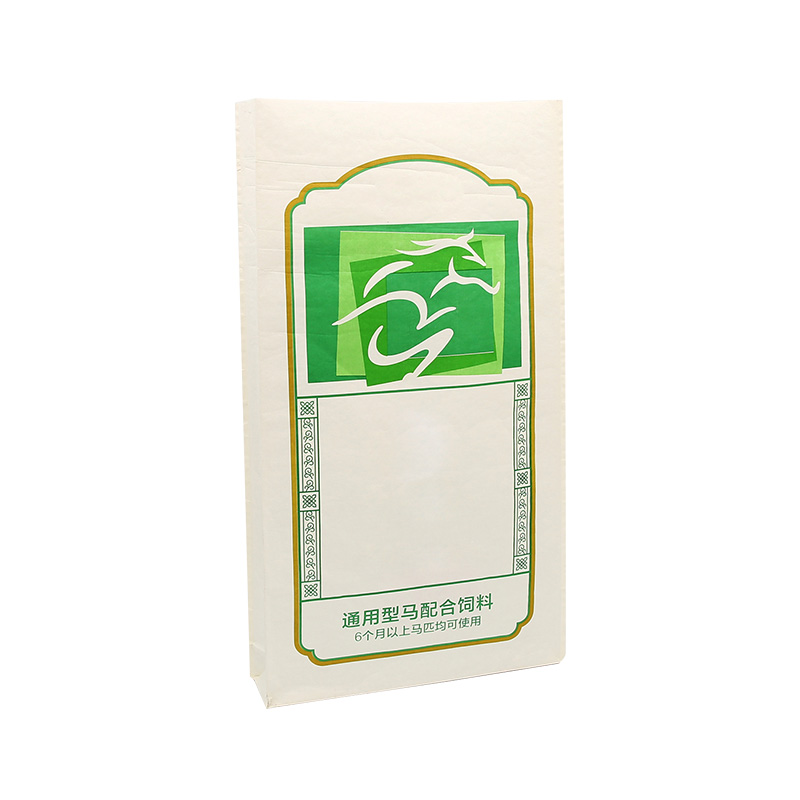Agriculture relies heavily on efficient and durable packaging solutions to ensure the safe storage and transport of products. In recent years, composite bag designs have become increasingly relevant in the agricultural sector due to their strength, versatility, and protective properties. Farmers and distributors are adopting a range of materials, including eco friendly packaging pouches, PP laminated kraft paper bag, and woven polypropylene sacks, to meet the diverse needs of agricultural products.

Eco friendly packaging pouches are gaining attention for their ability to reduce environmental impact while maintaining product quality. These pouches are often made from biodegradable or recyclable materials, offering a sustainable alternative to traditional single-use packaging. They are particularly suitable for small-scale agricultural products such as seeds, grains, nuts, and powdered fertilizers. The flexible design of these pouches allows for easy handling, labeling, and storage, making them practical for both retail and bulk applications. Furthermore, their lightweight nature contributes to lower transportation costs and reduced energy consumption during shipping.
For heavier or bulk agricultural products, PP laminated kraft paper bags have become a widely used solution. This type of composite bag combines the durability of kraft paper with a polypropylene (PP) layer, which provides moisture resistance and additional strength. Such properties are essential when storing and transporting grains, animal feed, fertilizers, and other commodities that may be exposed to humidity or rough handling. The laminated surface also supports high-quality printing, allowing producers to include branding, nutritional information, and handling instructions directly on the packaging. As a result, PP laminated kraft paper bags help maintain product integrity while improving communication between producers and consumers.
In addition to kraft paper solutions, woven polypropylene sacks remain a staple in agricultural packaging. These sacks are constructed from interlaced polypropylene fibers, providing exceptional tensile strength and resistance to tearing. They are commonly used for bulk storage of grains, rice, sugar, and other agricultural commodities that require robust containment. Woven polypropylene sacks are valued for their durability during long-distance transport and their ability to withstand heavy loads. Many designs also incorporate liners or coatings to further enhance moisture resistance and protect sensitive products from contamination.
The versatility of composite bags allows them to address multiple agricultural challenges. For instance, mixing different materials within a single bag can provide both protection and convenience. While eco friendly packaging pouches excel at reducing environmental impact for smaller volumes, PP laminated kraft paper bag and woven polypropylene sacks are more suitable for bulk applications where strength and protection are critical. The choice of material and bag type depends on factors such as product weight, moisture sensitivity, storage duration, and transportation requirements.
Manufacturers of composite agricultural packaging continue to explore innovative solutions that combine sustainability, cost-effectiveness, and functionality. Advances in material science have enabled the production of multi-layered bags that balance strength and flexibility. For example, a PP laminated kraft paper bag can now incorporate an inner biodegradable layer without compromising durability, providing both protective and environmental benefits. Similarly, woven polypropylene sacks can be treated with coatings or additives to enhance UV resistance and extend the shelf life of stored products.
Another consideration in agricultural packaging is efficiency in logistics and storage. Composite bags are often designed to be stackable, which optimizes warehouse space and reduces transportation costs. The combination of durability and lightweight design in materials such as woven polypropylene sacks makes them suitable for both manual handling and mechanized processing. Meanwhile, eco friendly packaging pouches are increasingly being used in retail and direct-to-consumer sales, offering convenient packaging sizes and appealing visual design.
In conclusion, composite bag applications in agriculture provide solutions that meet a wide range of product handling, storage, and sustainability needs. From eco friendly packaging pouches for smaller quantities to PP laminated kraft paper bag and woven polypropylene sacks for bulk commodities, these packaging types offer reliability, protection, and versatility. By selecting the appropriate bag for each application, agricultural producers and distributors can ensure product quality, improve efficiency, and support environmentally conscious practices. As the industry continues to evolve, composite bags are likely to remain a critical component in agricultural packaging strategies, addressing both practical and ecological considerations.


 English
English Español
Español عربى
عربى
